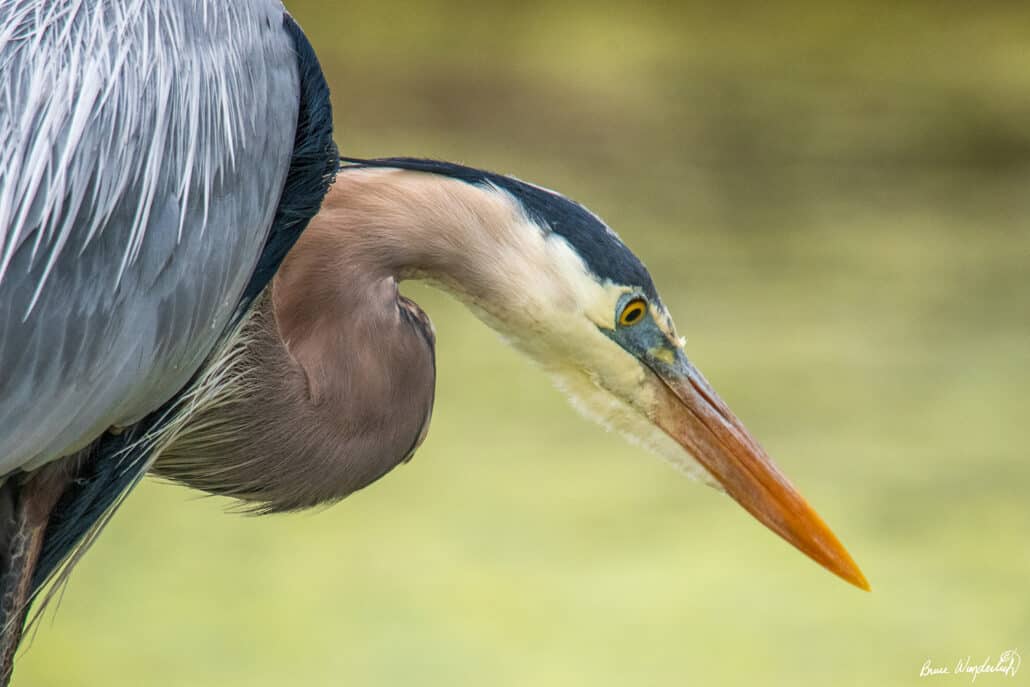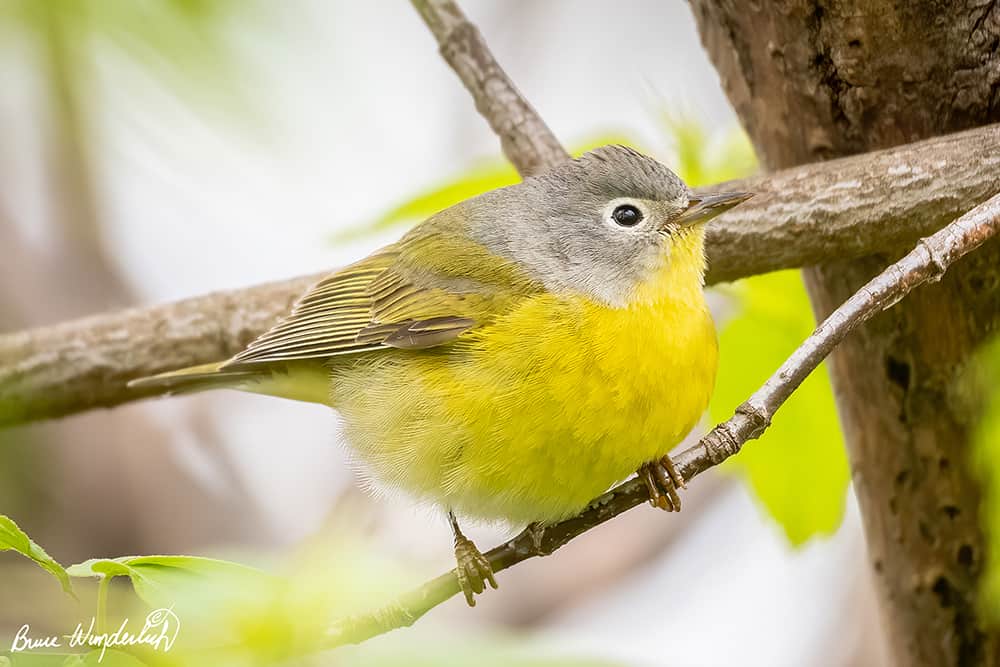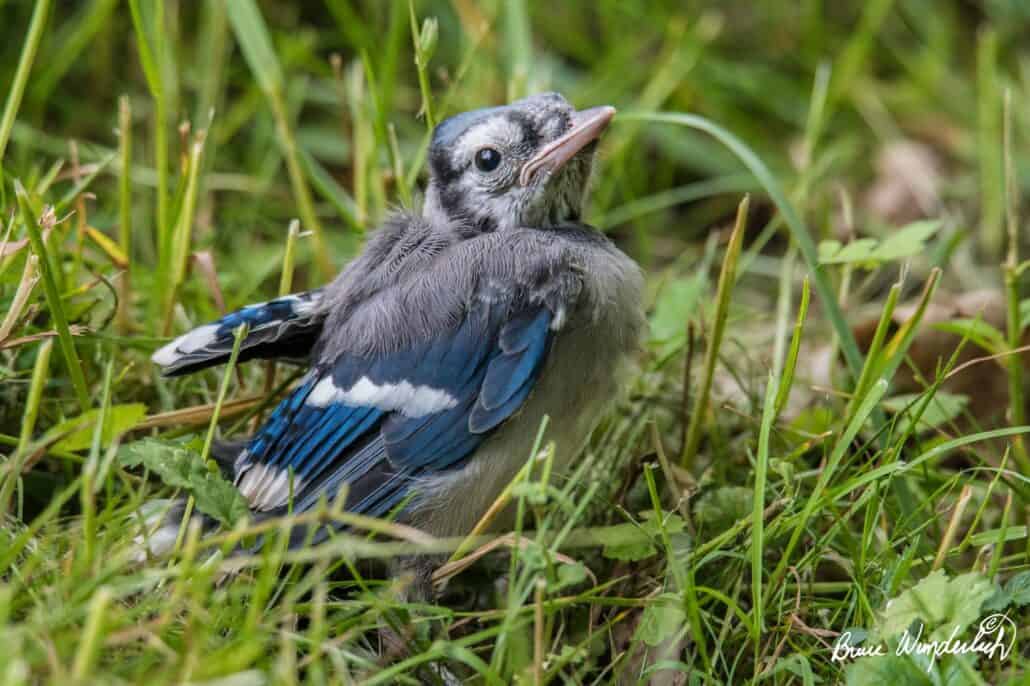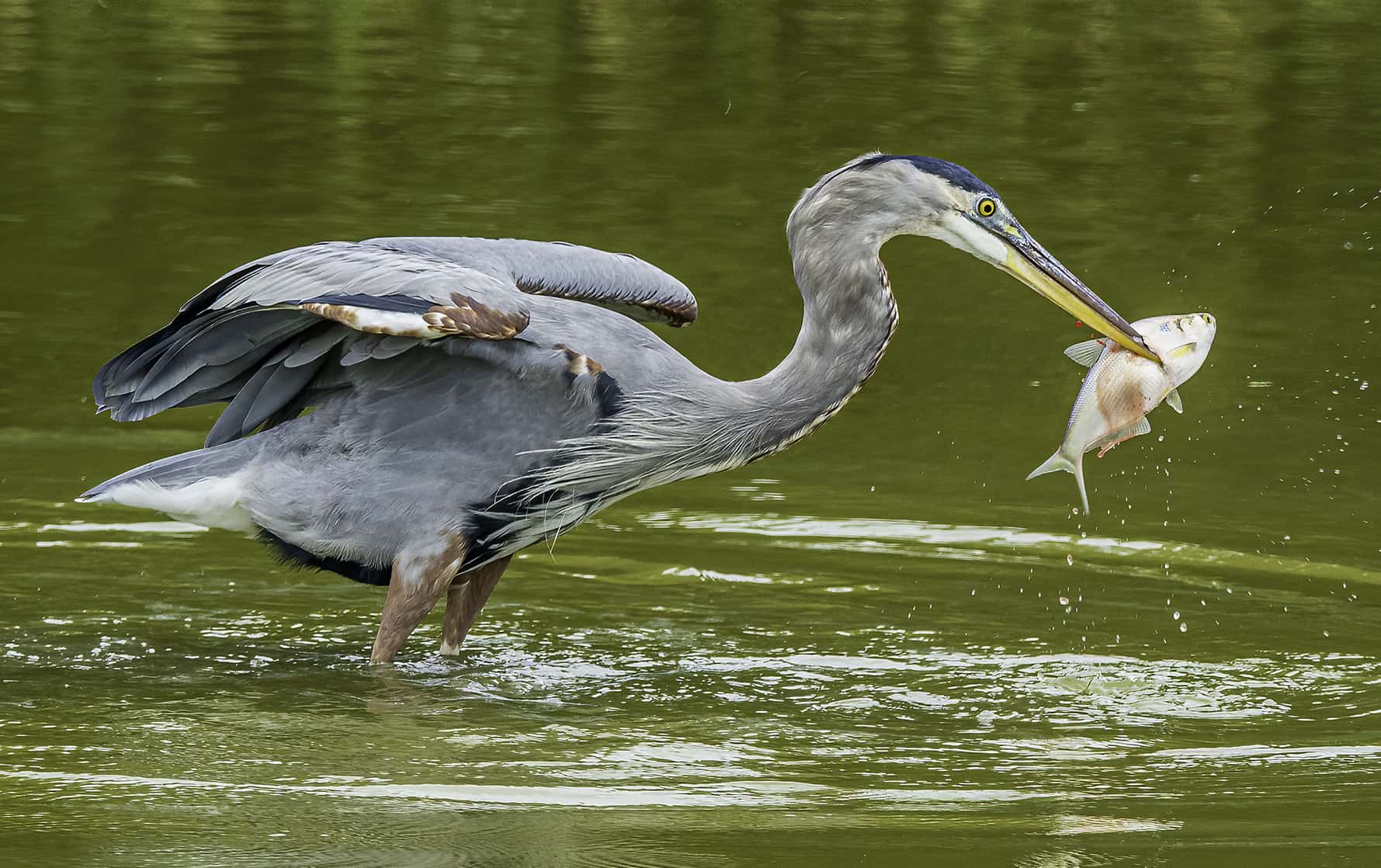
Great blue herons have long been one of my favorite birds to photograph. Not only the great blue, but all herons have always intrigued me. I think I have photographed all of the North American herons except the yellow-crowned night-heron.
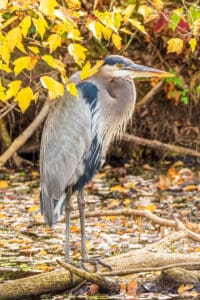
A few days ago, while photographing at my favorite lake, I crossed paths with a great blue. The first thing I checked when I saw the bird was not my camera settings, but the light direction. I slowly positioned myself with my shadow pointing toward the bird, light at my back. Front lighting on the bird is one of the most important keys to a successful bird photo.
Next, I checked the wind direction and discovered that I had the perfect setup: The wind also was at my back. Why is wind direction important? When most large birds fly, they usually take off into the wind. Armed with that knowledge, I predicted that if the bird flew, it would fly into the wind, toward me, providing an optimal flight shot.
Just sitting and watching bird behavior can be a useful tool for bird photography. From behavior, we can predict what the bird is most likely to do instead of guessing their next move.
For instance, if the bird perches on one foot with its back to the wind, you know that the bird has no intention of flying soon. Herons usually launch into the wind, but they also take off with both feet on the perch. So standing on one foot with its back to the wind indicates that the bird is getting comfortable, maybe even ready for a short nap. In this stance, I know that the bird is not disturbed by my presence, or it would be nervously keeping an eye on me. That’s something I want to avoid; I want to photograph natural, unperturbed bird behavior.
If you find a bird sitting facing the wind with both feet on the perch, odds are, it’s ready to fly. Another behavior tip: Most larger birds poop just before they fly!

The heron I enjoyed a few days ago was focusing on finding something to eat, and it didn’t seem to care if I sat down on the bank and watched it. It was perched on a branch right above the water, looking for a snack. When a heron spots a fish in the water, it stretches out its neck and freezes. When the fish swims within range, the heron strikes with lightning speed. Once the fish is caught, the bird flips its prey into the air and catches it to position it head-first to swallow it whole. This fish position prevents getting the fins stuck in the heron’s throat. This process is cool to watch and photograph!
After the heron is finished eating, the heron often rubs its bill on a branch. Just like we use a napkin to wipe our lips after a meal, the heron uses a branch to wipe off any remains of its dinner.

I have also witnessed what I call the fish dance, in which the heron dances around in shallow water, waving its wings, hoping to stir up fish for its next meal.
Another interesting heron behavior is preening. These birds seem to be vain, as they continually preen their feathers. During mating season, of course, they do try to impress a potential mate. But preening is also necessary to keep their feathers in good condition for flight. After preening the heron may give a big shake—another spectacular behavior to capture.
Capturing bird behavior is a rewarding aspect of my bird photography; behavior—action shots— add life to an image, and create a story about the bird.
What kind of bird behavior have you observed? Are you up for the challenge of photographing bird behavior, and not just portraits?
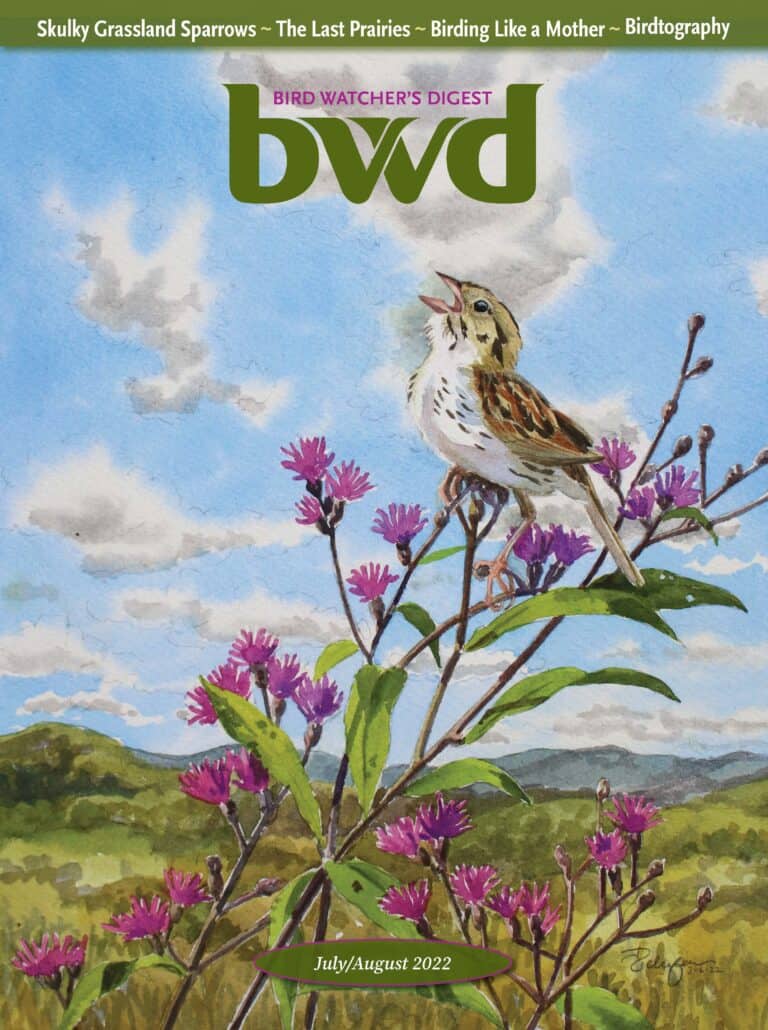
Looking to Subscribe?
Get 6 print issues of the magazine delivered to your door & free digital access
One Year Print Subscription: $26
(to US or Canada, includes digital access)
One Year Digital-only Subscription: $15

